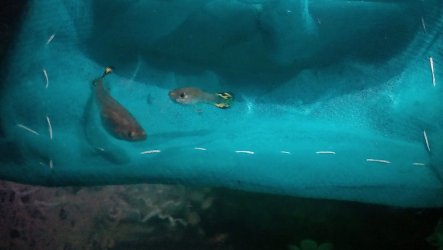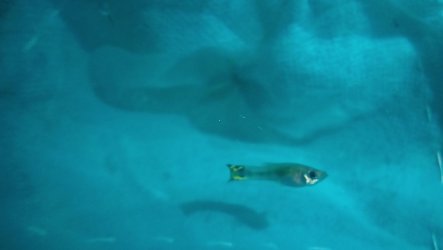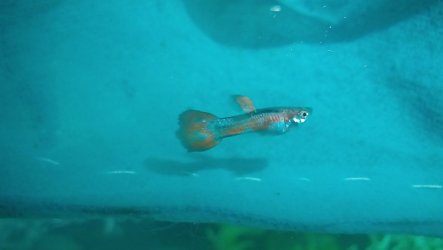teresajency
New Member
Hi, I have a 15-gallon tank and 30 guppies in it. Their water ph and ammonia in a moderate level, I also have a sponge filter running 24/7, But recently 1 female guppy who is not spreading its tail, and 2-3 males are also starting not to spread their tail. I am guessing they are doing this for they want to rest and do less movement in the water. Can anyone suggest anything whether there is any problem or not?





